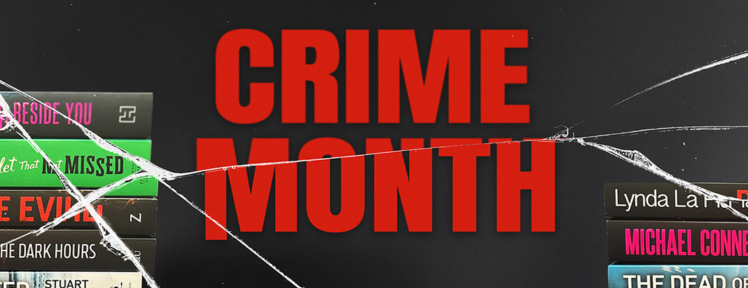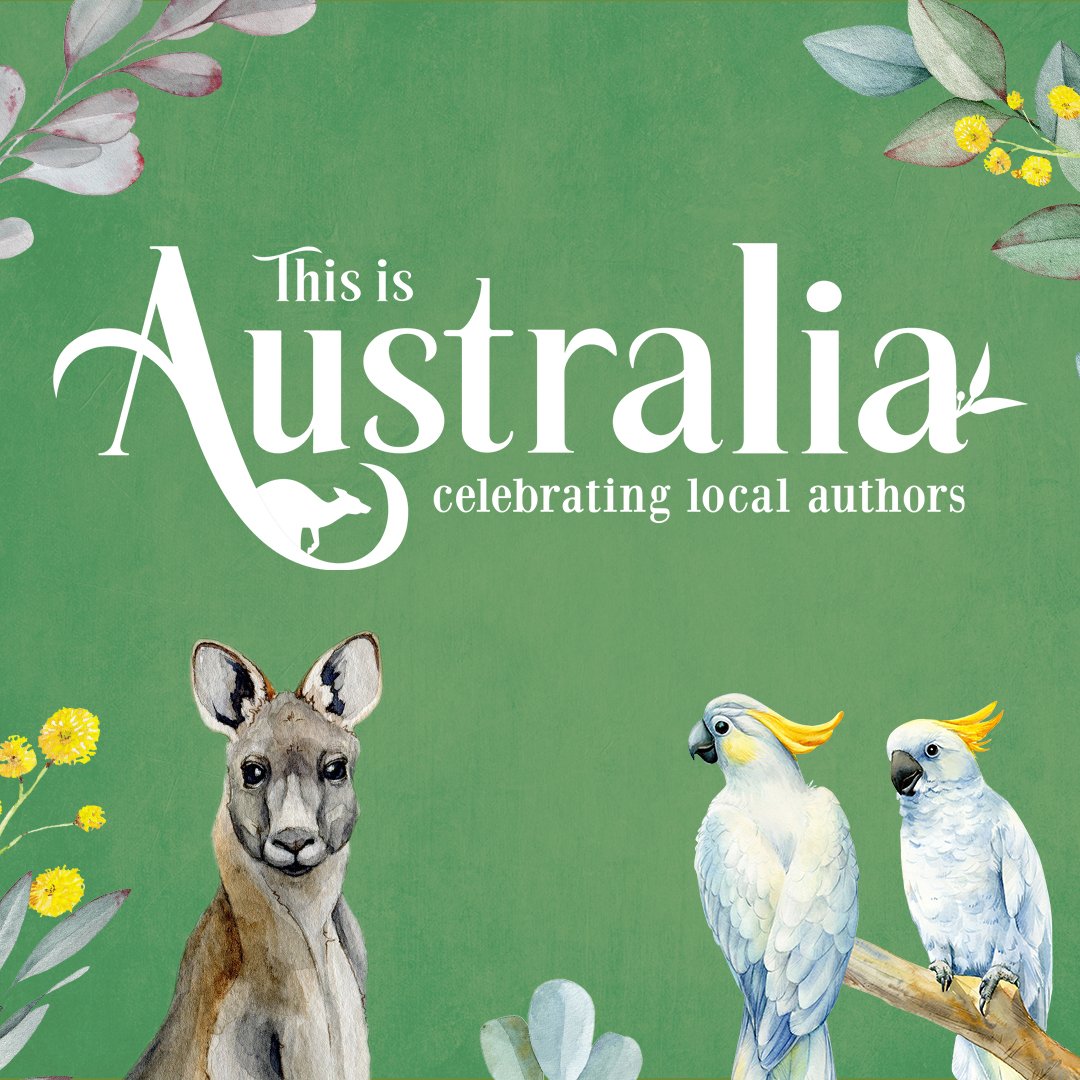Kirsty Everett defied the odds and survived two bouts of cancer, aged nine and sixteen. She completed her HSC as well as a Bachelor of Arts with a double major in English and Aboriginal Studies. In 2006 Kirsty received an award for Outstanding Voluntary Service from NSW Governor Marie Bashir. She has been a motivational and educational speaker since the age of fourteen. Her public speaking was kickstarted by Professor Darcy O’Gorman Hughes (the founder of the Children’s Cancer Institute of Australia) at UNSW. Kirsty continues to this day to be an Ambassador for Kids Cancer.
Today, Kirsty Everett is on the blog to answer a few of our questions about her memoir, Honey Blood. Read on …
Tell us about your book, Honey Blood!
KE: Honey Blood is about my life between the ages of 9-21. My youth was unconventional and largely dominated by cancer. But! I promise my book is not a depressing, pity-seeking story about a young person with cancer – I really do promise, and you can hold me to it. It’s a book about a young person who just happened to grow up and had to work their way around cancer at the same time. Cancer is a little bit like an octopus. It has lots of arms that have the capacity to reach out and to effect so many facets of your life. I’ve been extremely honest about what it’s like to handle this octopus.
What inspired you to write this memoir?
KE: I’m a self-proclaimed lover of books and words and the arts in a general sense. Words, unlike people, can live forever, and the notion of this is very fascinating and very cool to me. Books were one of the many things that helped me pass the time when I had cancer. I knew a lot of young people who didn’t survive cancer and this book is for all of them. They’re no longer alive and therefore don’t have a voice to tell their stories, so hopefully my stories will suffice. I’m very big on keeping promises and I promised myself that if I didn’t die that one day, when the time was right, I would write a book. This promise has been the longest standing unticked item on my bucket list.
Can you tell us a little bit about the meaning behind the title?
KE: So, this is a spoiler – the meaning of the title is revealed in the book – the title came from one of the chapters in the book where I’m describing what it feels like to have chemotherapy move around inside your veins. Sometimes intravenous treatment felt like it made your blood thick and difficult for it to flow freely. I describe it as feeling like my blood was made out of honey. I had cancer of the blood – leukaemia – so Honey Blood seemed like a good idea. I’m also a natural honey blonde, so it felt like the right title for the work. I can’t take credit for the title though as it was suggested by the first person to ever edit my work, Caroline Baum. She read this particular chapter and made the suggestion and my gut screamed “YES!” I wrote a list of over twenty other titles and none seemed right, so Honey Blood was the winner. Thank you Caroline.
There’s such a rich history of people writing about their experiences with illness and death. Why do you think we have that drive to write about it?
KE: I can only answer this in relation to myself. I did it to bring meaning and purpose to all the pain, the loss of friends and the suffering. I wanted those who died to be remembered. I did it to turn some of the most challenging experiences of my life into something shiny. I did it because, for me, these are stories I can’t discuss at a dinner party — well, I could, but I may stop being invited. I believe there is something intriguing about encounters that take you into the arms of death. Cancer and death are cemented together. For some, it’s too much to contemplate, but I think we’re intrigued by the unknown. There are times in the book where I recall feeling like I was very close to death and I’ve been honest about what it felt like. For those who have the backbone for it, you can get a glimpse though the stories, but I’ll keep you safe no matter how close I take you. I was driven to write about experiences with illness and death so the pain it brought could be transformed into something that sparkles. I was driven to not allow the pain to just be pain. I wanted to take control over it and turn it into what I wanted it to be.
Did you find it difficult to write about this painful part of your life or did it bring a kind of relief?
KE: This was one of the most difficult intellectual and emotional challenges I’ve ever endured. I only obtained the reward of relief after all the editing and proof-reading was done. When I wrote the first draft of each story or chapter, I was okay and just let all the words gush out of the pen, but the process of editing and proofreading and going back into the past over and over again took a toll on me. I think it’s a very unnatural thing to relive events from your past over and over and over. I’m very relieved that it’s done.
What is the biggest thing you learnt about human resilience from your experiences?
KE: The human mind and body has so much more resilience dwelling inside it than we realise. All of us have been in a situation where we think we can’t take anymore, but that line you’ve drawn for where your limitations are … I hope you’ve drawn it in chalk.
Did you write this book with a specific readership in mind? Who would you love to read this book?
KE: Initially, I wanted to write a memoir for YA – that may be the English teacher in me. I would love teenagers to read this book because I worry that many teenagers don’t read enough, but adults will appreciate the book as well and the book was reshaped during editing to suit an adult audience, but as long as you’re at least 14 years old, you’ll be just fine reading this book. I would love Leah Purcell to read the book – she has a cameo appearance in it. I’d love Brian Froud to read it because the work of him and his wife Wendy were with me during both of my duals with cancer. Olivia Newton John also has a cameo in the book. To be bluntly honest, I will be happy for anyone to read it. I’m just a random young woman from the Sutherland Shire in Sydney and I’m still cruising the high of actually being published by HarperCollins.
What do you hope readers will discover in Honey Blood?
KE: I hope readers, if they don’t possess it already, will discover the importance of empathy, courage and that there is humour to be found in the most unexpected moments – you might have to look for it, but it’s there.
And finally, what’s up next for you?
KE: I have no idea! I’m currently in shell-shock after completing the book. I need a new bucket list. I’d love my next project to be a collaborative one. Perhaps Shaun Tan would like to do a book about childhood cancer with me? Maybe Lachlan Philpott would like to write a play with me and I can include stories that are not in the book? I’d like to get into schools and get young people doing Life Writing – only with the blessing of Patti Miller, who’s been an inspiration to me among many other things. Memoir only seems to be done by people once they’re well into adulthood and there’s lots of young people out there who have stories to tell as well. I’d like to have a go at writing fiction for YA. I am open to the universe and anything it would like to throw in my direction. I’d really like to go on holiday with my gorgeous husband, but travel is on hold for all of us at the moment.
Thanks Kirsty!
—Honey Blood: A Memoir by Kirsty Everett (HarperCollins Australia) is out on the 3rd of February.

Honey Blood
A Memoir
'I thought if I was going to die I should write some things down'
Kirsty Everett was going to be an Olympic gymnast. But as she made plans to win gold, life, as it does, laughed at the goal she'd set. Aged nine, she was diagnosed with leukaemia and spent the next two and a half years in treatment and attending the funerals of children she met in the cancer ward. At the age of sixteen, Kirsty's cancer returned. Faced with a devastating prognosis, she threw herself into as much as she could - friends, school, drama, sport, even a life-writing course with Patti Miller...






 What do we know about the Boy Swallows Universe Netflix show?
What do we know about the Boy Swallows Universe Netflix show?  Booktopia’s top thrilling fiction picks for Crime Month
Booktopia’s top thrilling fiction picks for Crime Month  Booktopia’s Top First Nations Book Recommendations for 2023
Booktopia’s Top First Nations Book Recommendations for 2023
Comments
No comments